Amazing Adventure
Experience the ultimate Amazing Adventure, a cutting-edge urban/nature exploration game that unfolds across multiple legs. Each leg features diverse challenges and symbols that teams must collect to earn valuable bonus points and access additional checkpoints. The team with the highest total score at the end claims victory.
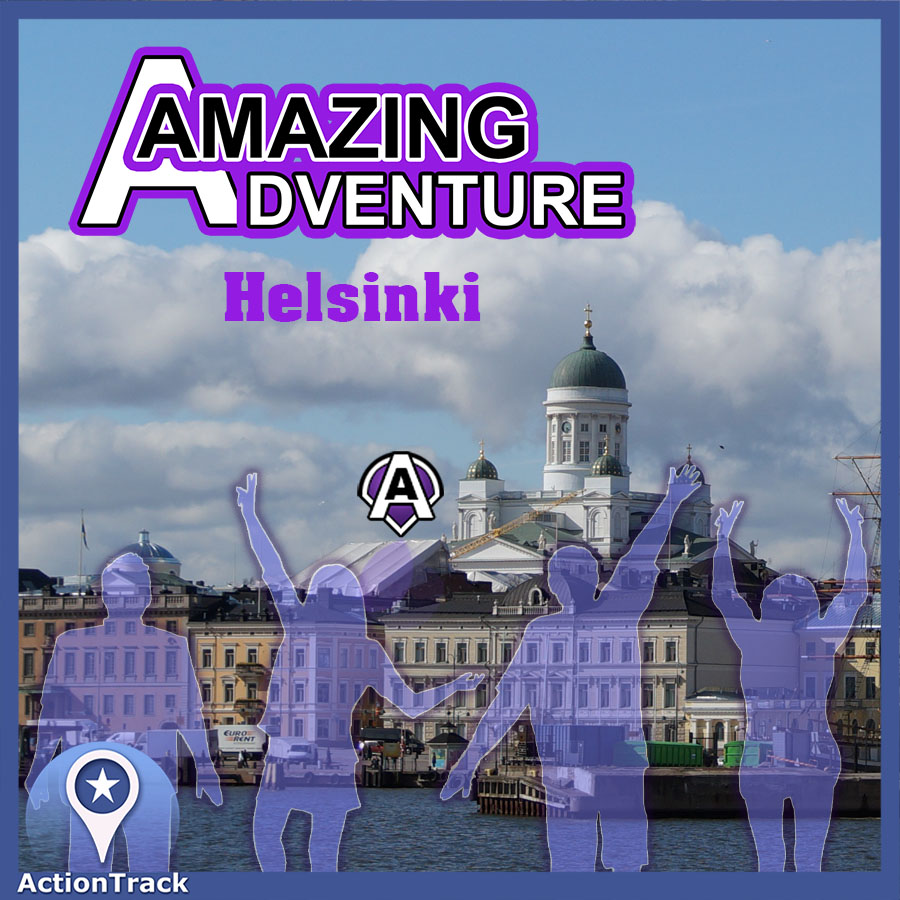
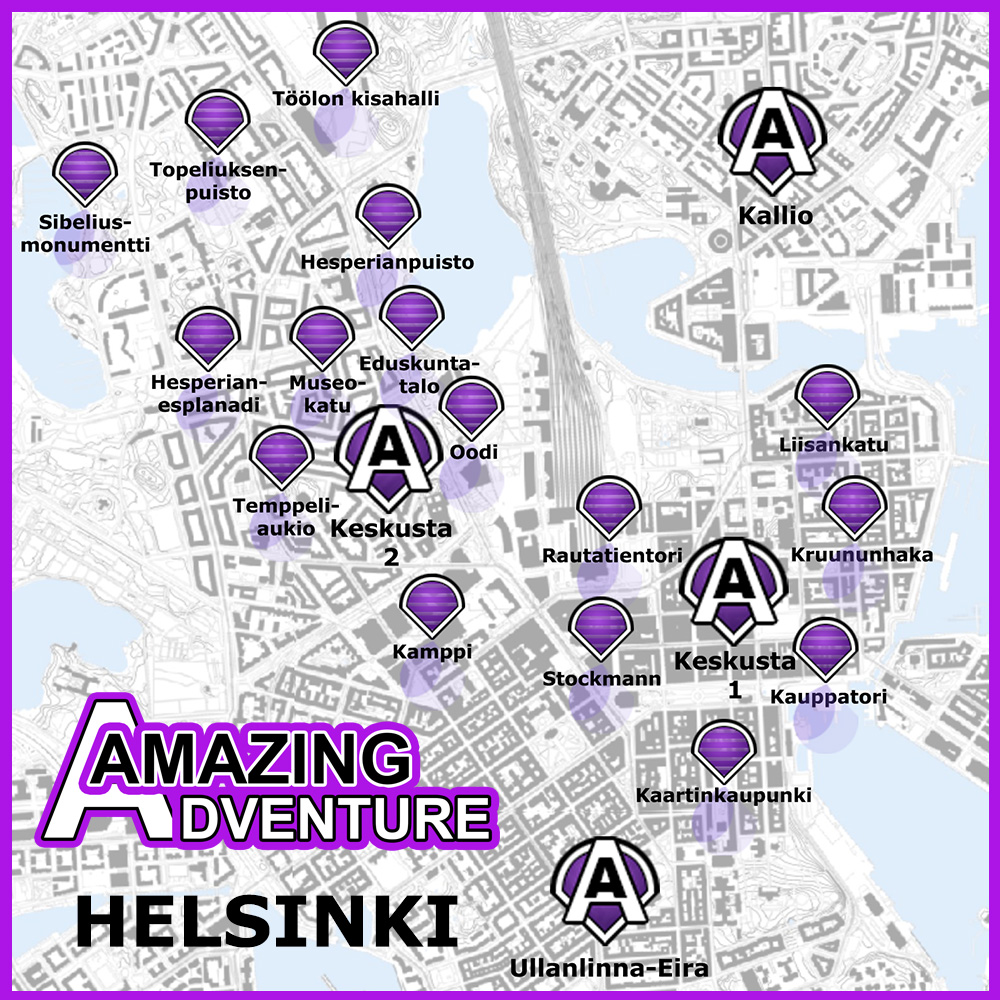
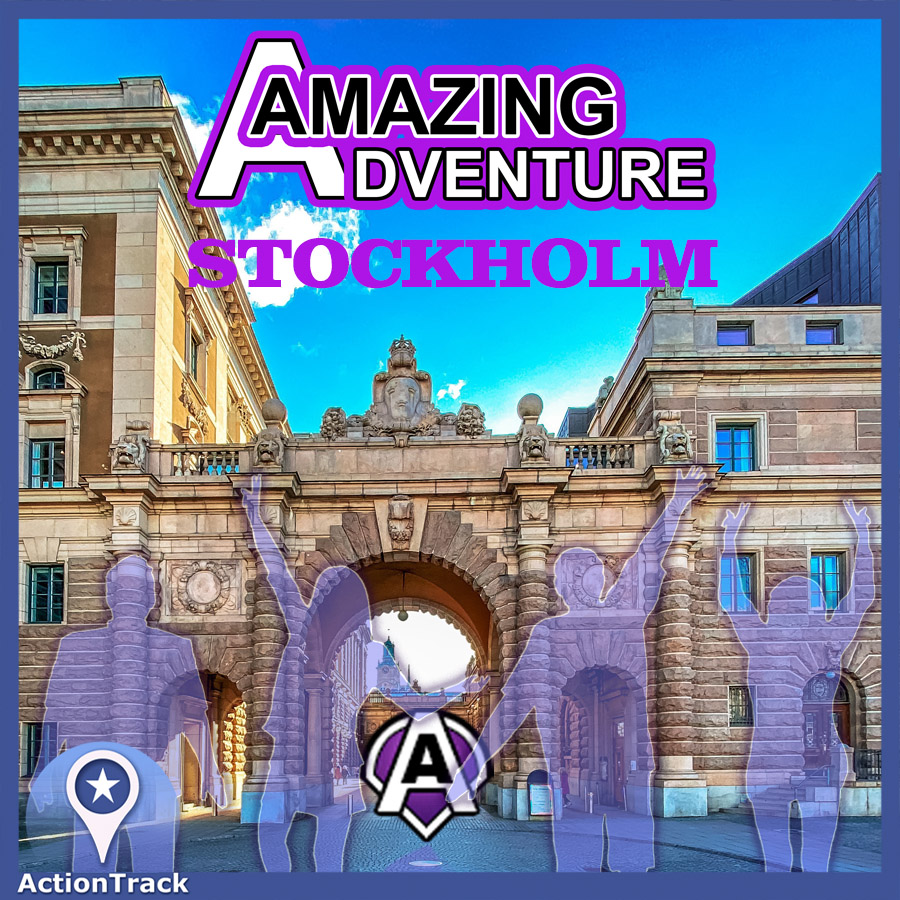
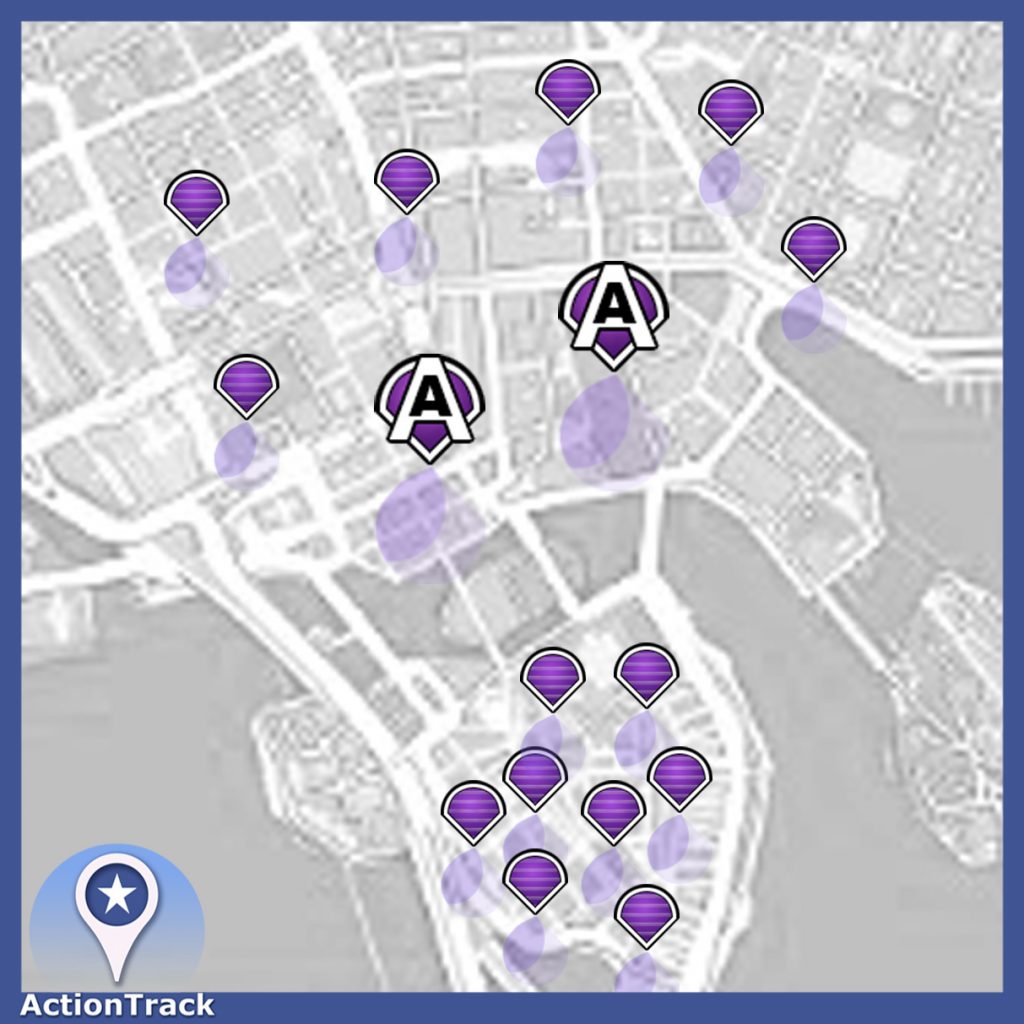
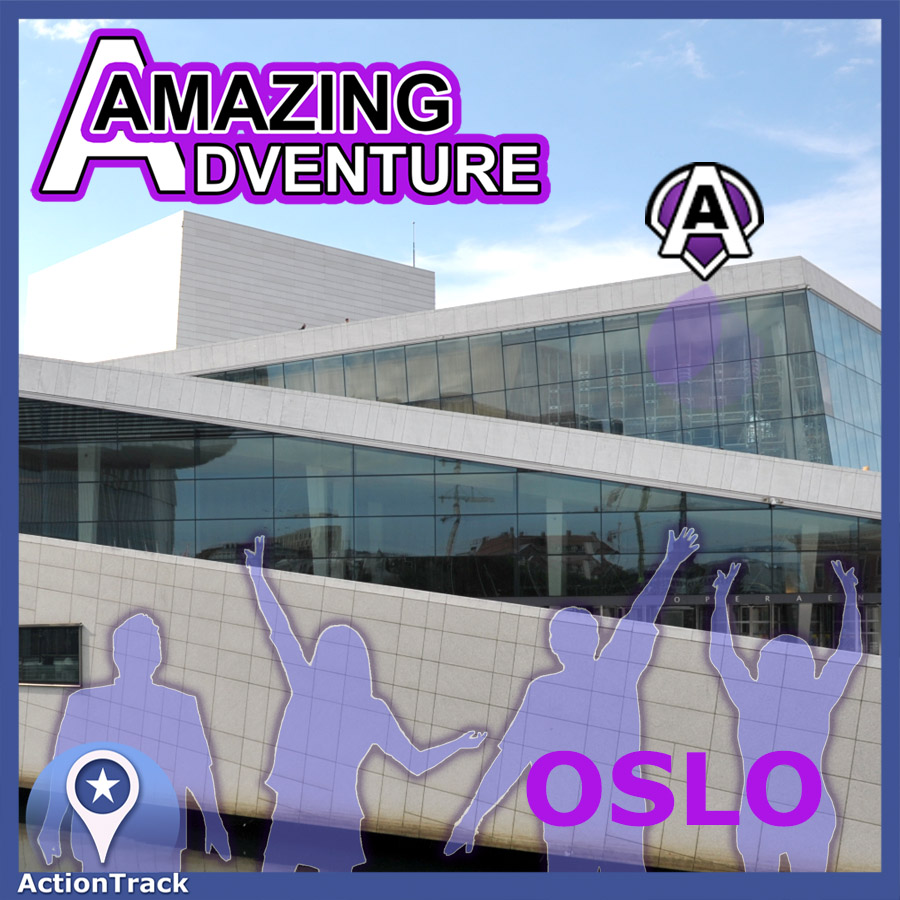
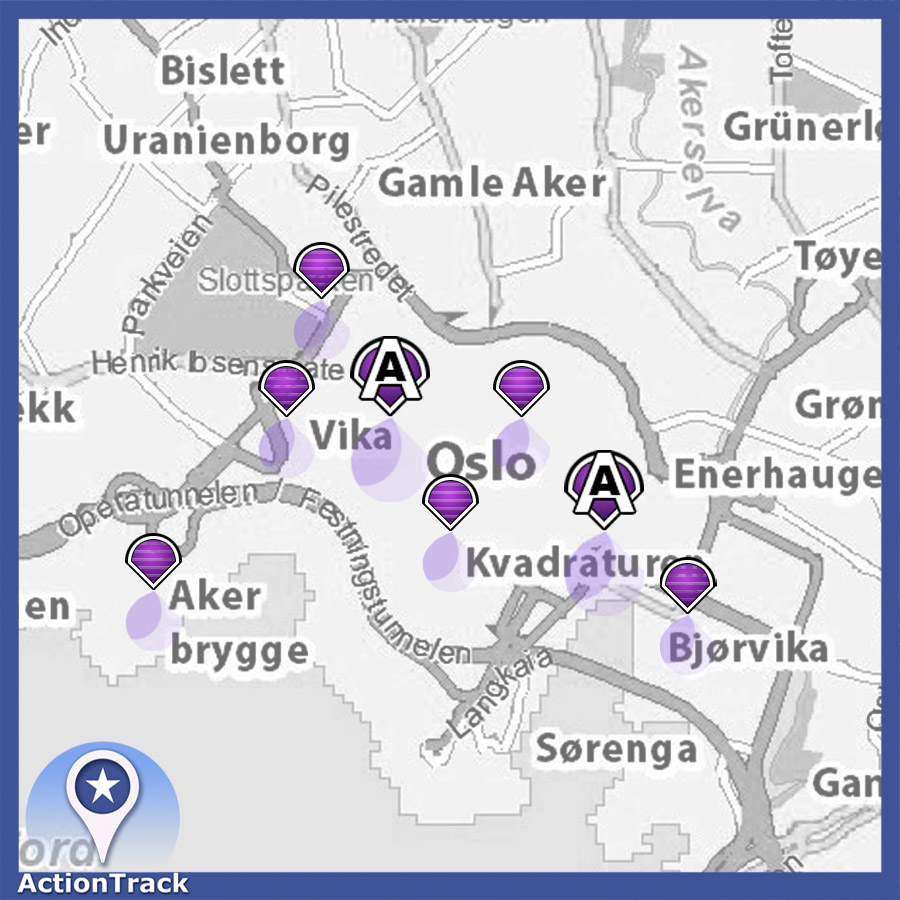
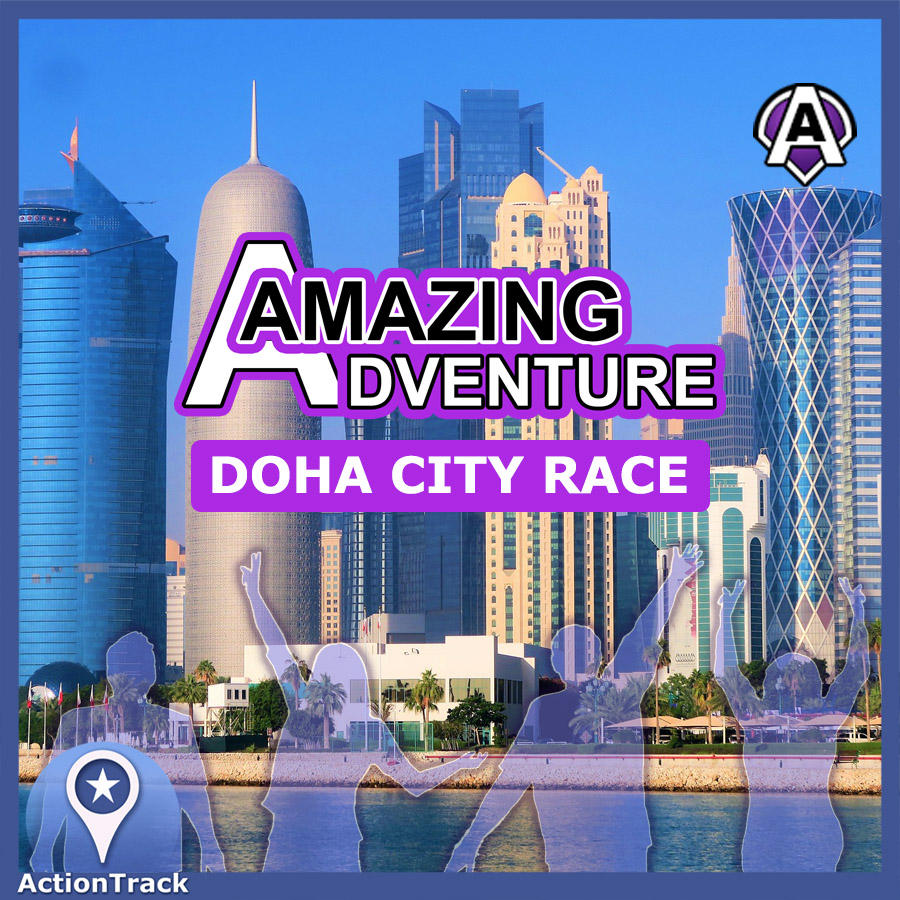
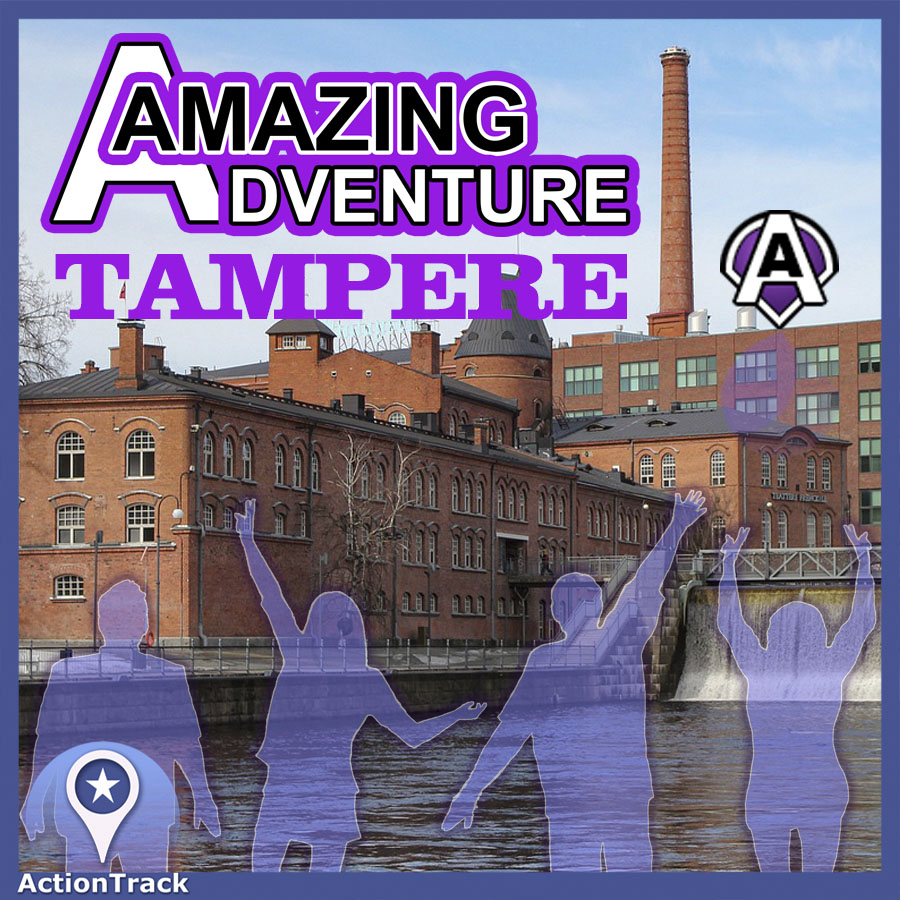
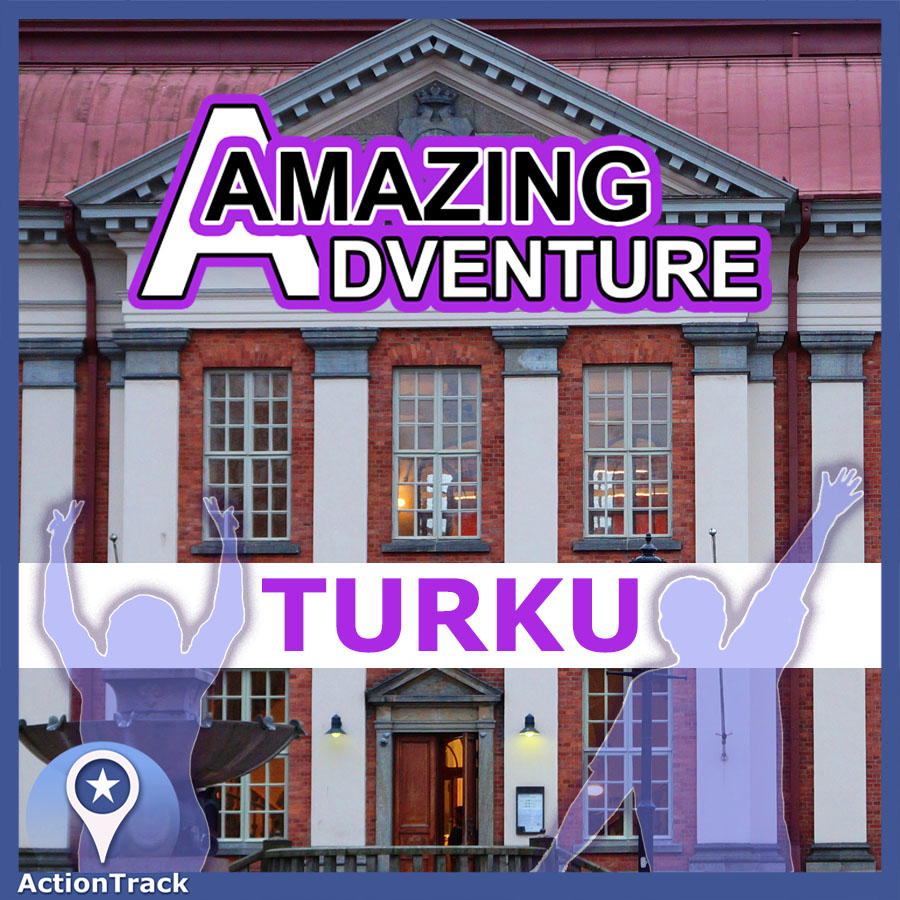
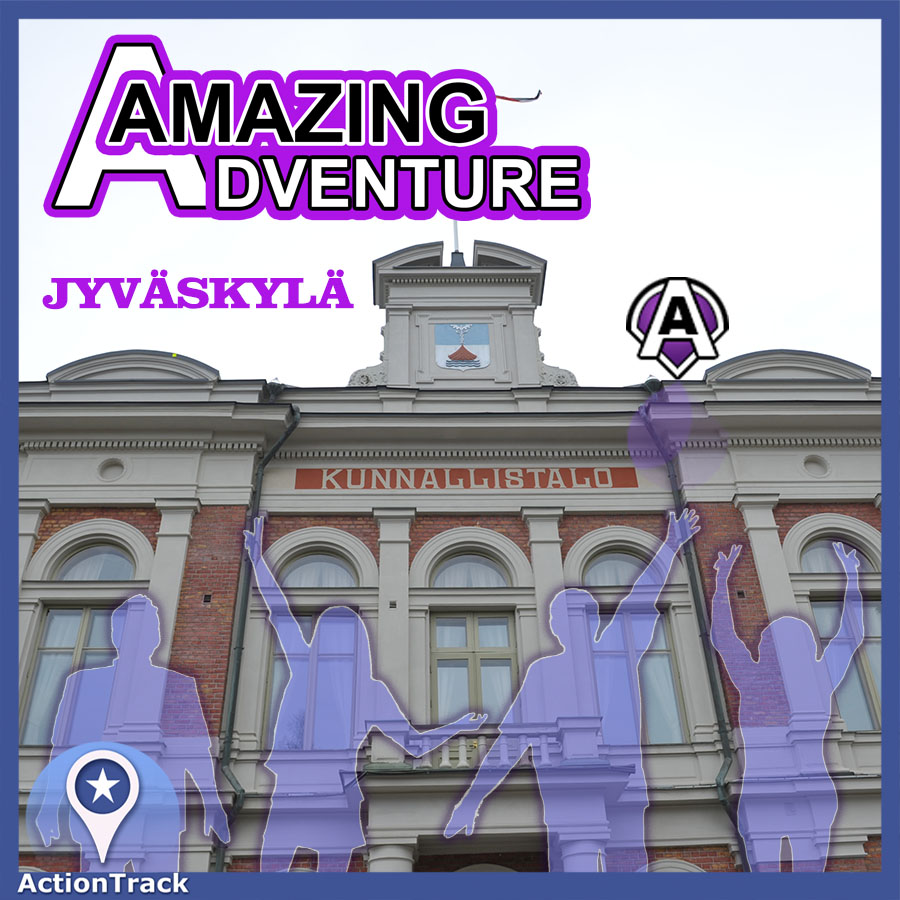
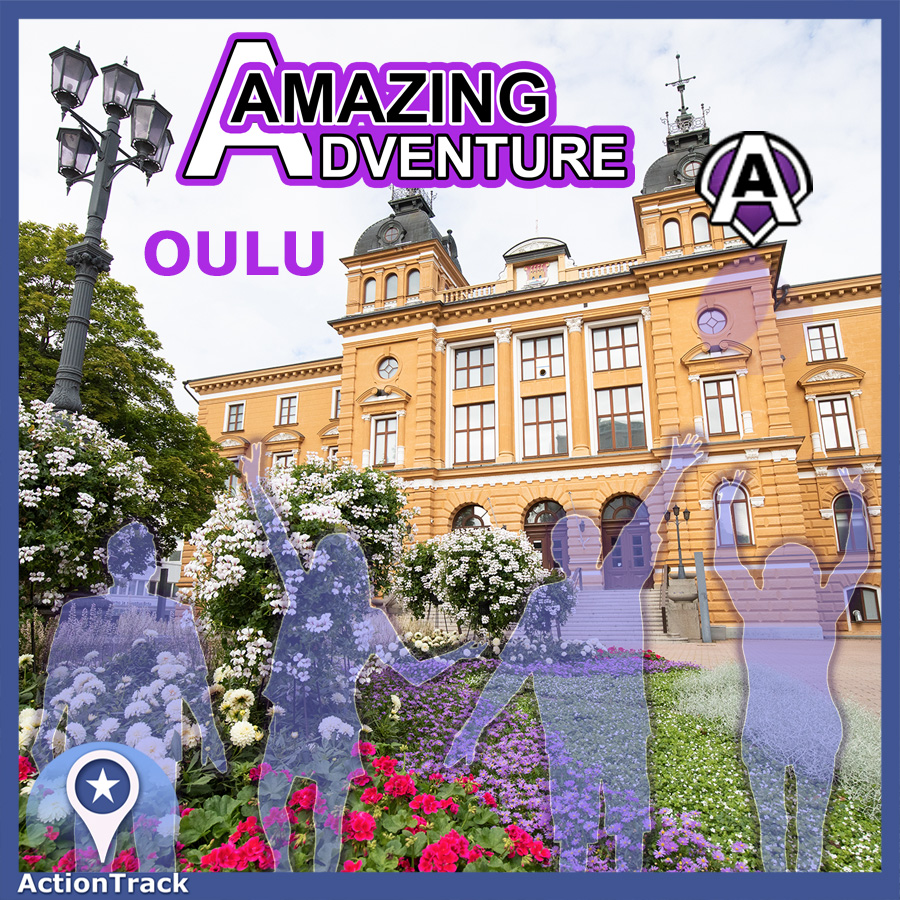

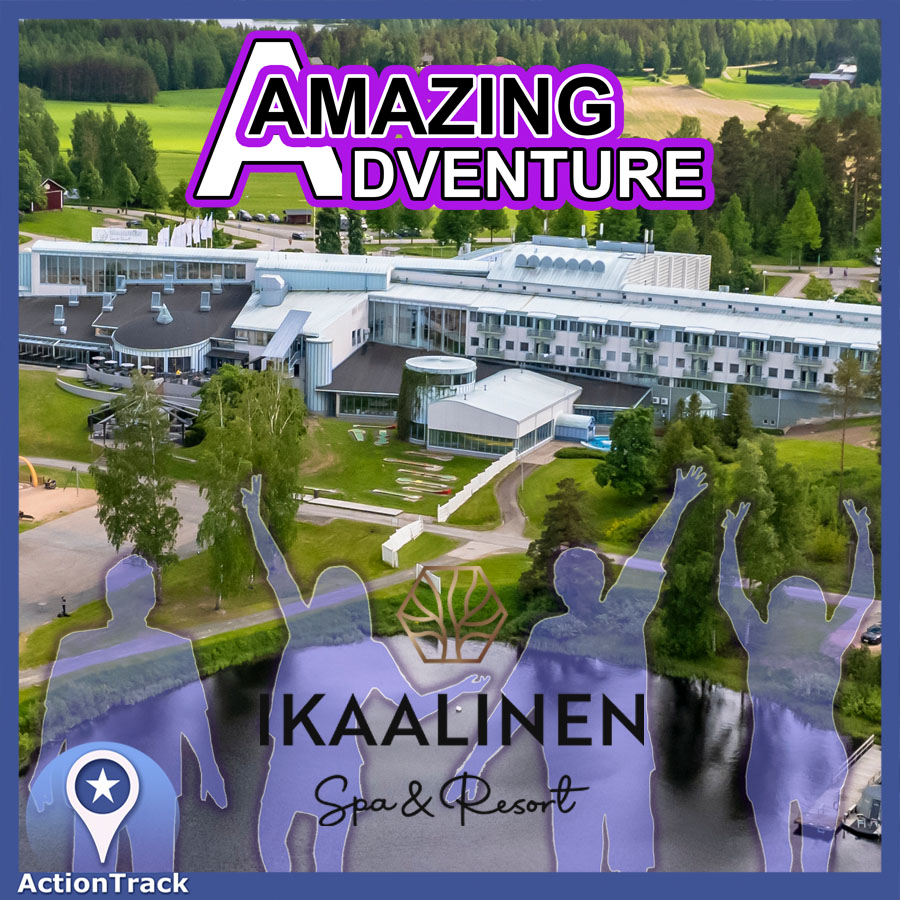
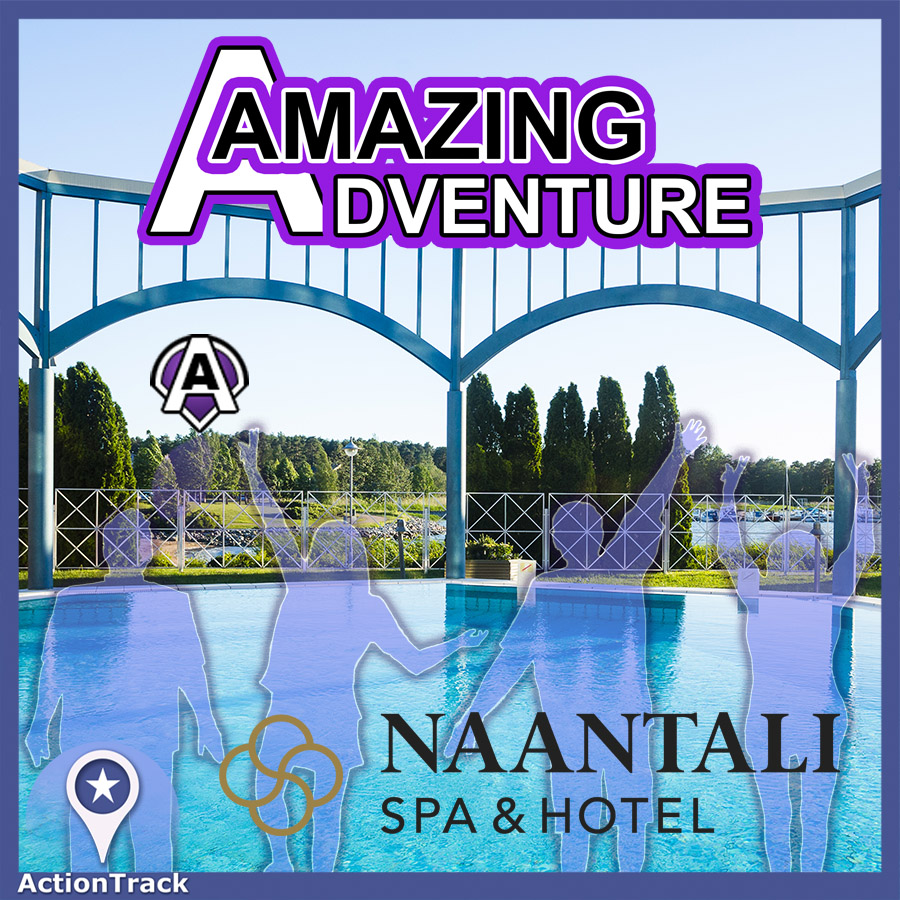
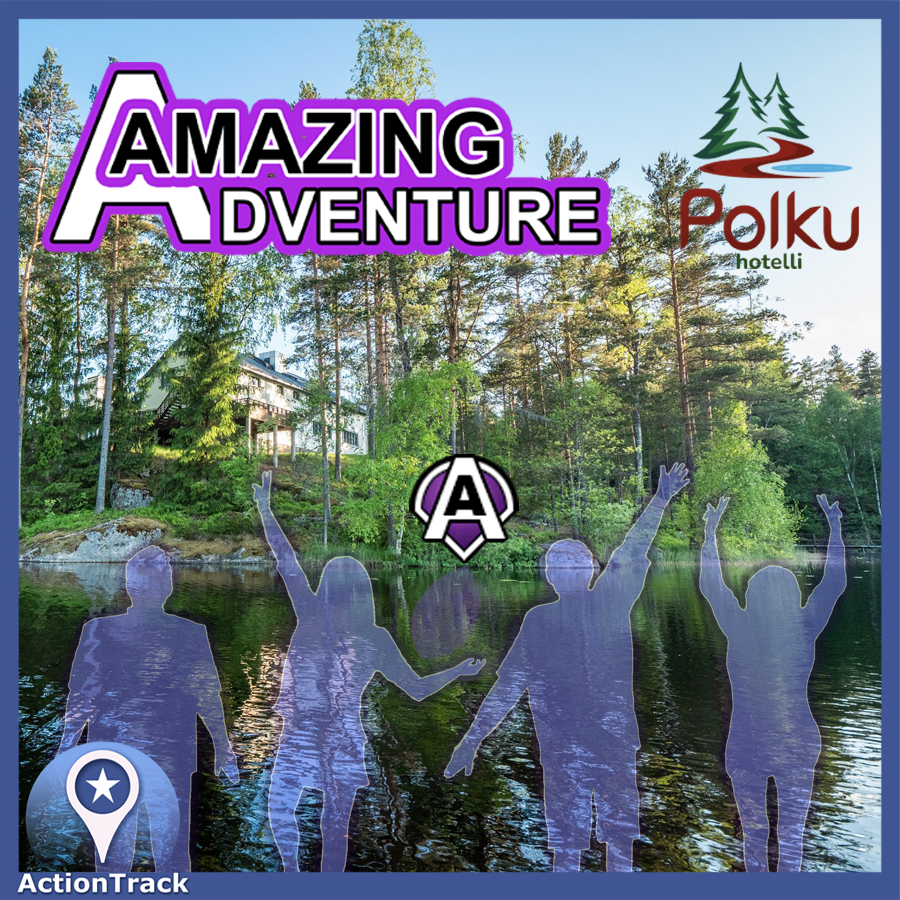
Purpose of the game
The Amazing Adventure game is perfect for team-building among group members with an emphasis on physical activity, strategy, competition, and learning.
The game requires teamwork, the development of a game strategy, broad knowledge, quick adaptation to changing game situations, and a certain level of physical fitness.
The game is advanced, and each team must focus on its own actions. For example, following other teams doesn’t help, as every team has different challenges active at the same time.
The game’s customizable content allows for the inclusion of desired topics to be internalized.
You can add your own customized content, tasks, or questions to the game for your meeting or event. Research from the University of Turku shows that concepts learned in interactive games are better remembered and internalized.
For this game, it’s recommended to choose a few key topics to internalize. For example, Orion Pharma successfully utilized the game to implement their new strategy.
Game duration and adaptation to events of different sizes
The recommended effective duration of the game is 60-120 minutes.
You can set the game for teams with either a desired playing time or a total number of legs to be completed. For example, 2 hours or 2 legs.
The game can also be shorter or much longer, with some locations even having up to four maximum one-hour legs and over 10 shorter legs.
Additionally, the game can be organized as a single session or multiple sessions. It’s possible to have a short or longer break between stages. The legs can also be geographically distant from each other. The entire game can, if desired, last for a day or even a couple of days.
The game is perfect for events of all sizes.
It is ideal for events with 10-1000 participants, and even larger events if teams start at staggered intervals. The game is recommended to be played in teams of 3-5 participants.
The game distributes teams across different legs, and within the legs as well. Each leg has several starting points, and the challenges within each leg are given to teams in a different order, allowing each team to choose their next challenge from a few options.
The game can also include physical checkpoints provided by the client, with staff members guiding and evaluating the teams’ performances.

Gameplay overview
1. Game start
The game typically begins at the meeting venue.
At the start of the game, participants are divided into teams of 3-5 people. This team division can also be planned in advance.
Each team requires one mobile device to join the game, by providing a team name. If your game is expected to last a long time, it’s advisable to bring a power bank to ensure the battery lasts.
2. Transitioning between legs
The game displays the next assigned leg’s starting checkpoint on the map for the team, and the team can choose their preferred route to reach it.
Alternatively, the team may see multiple legs and their starting points on the map and can freely choose between them.
When the team arrives at the starting checkpoint, the leg begins, and the timer starts.
3. Completing a leg
At the leg, the team’s mobile device map will display randomly assigned checkpoints, each with challenges that the team can explore.
The team is free to choose which challenge to tackle next. Some challenges are location-based (GPS checkpoints), while others can be completed anywhere by activating them on the screen. Once a challenge is completed, a new one will appear on the map.
A leg ends when the team has activated the given number of selected symbol checkpoints. On smaller legs, this number is typically 8, and on larger legs, 20.
At the end of the leg, the team also receives bonus points based on their performance in the leg.
4. Finish
At the end of the game, teams can be guided to a pre-arranged location, such as a venue for an evening event or celebration.
The client representative has access to a real-time results link, which shows the points earned by the teams, the answers the teams gave to the game’s questions and challenges, as well as game statistics. The results link also provides access to any photos or video recordings submitted by the teams, which can be viewed and downloaded. The results link remains available even after the event day.
The game's versatile challenges
Each leg includes a variety of challenges that require different skills from the team members.
At each stage, for example the following challenges can be found (the challenges can vary according to the customer’s wishes):
- Find a place: Figuring out and finding a landmark location based on five clues earns 600 points and activates an additional 300-point question.
- Local knowledge: A task related to a specific place making use of the surrounding features,
worth 400 points. - Cooperation Task: The team needs several mobile devices to solve a puzzle. The solution awards 1–180 points depending on speed.
- Revealing image puzzle: Recognition provides between 1-120 points, depending on speed.
- Wellbeing: A correct answer to a wellbeing question developed by the UKK Institute grants 100 points.
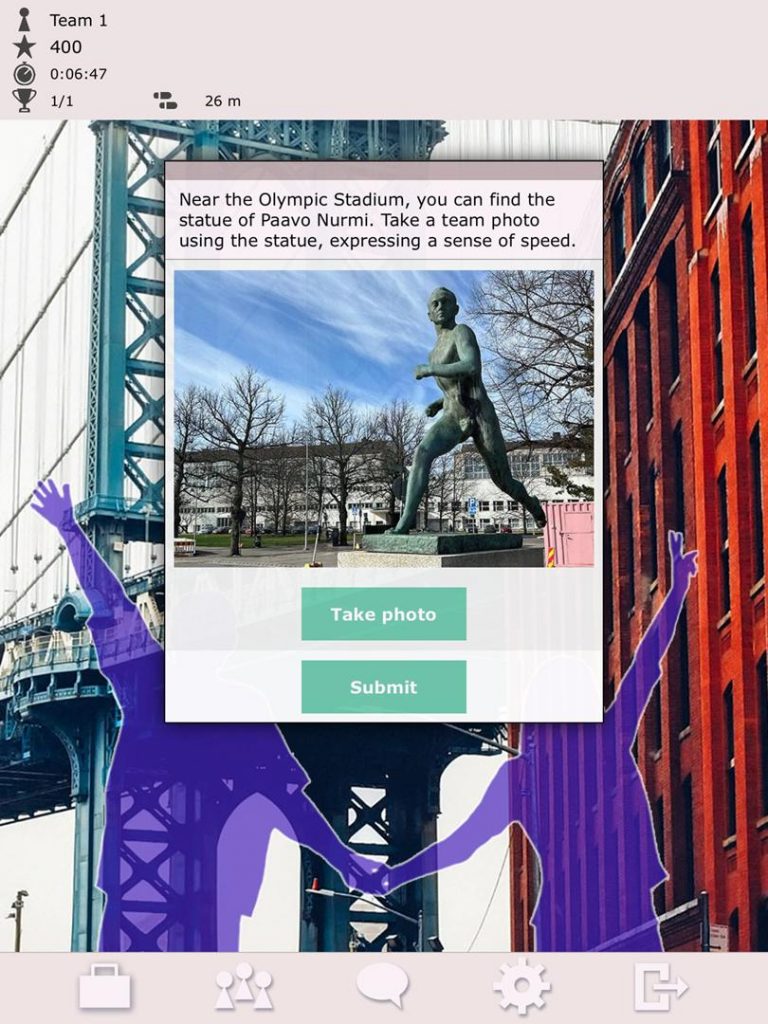
Symbol chains
One of the game’s exciting features is collecting symbol chains by successfully completing challenges at the checkpoints.
There are symbols at the game’s checkpoints. If the team completes a challenge successfully enough, they receive the symbol of that checkpoint. By forming chains of symbols (see the image), teams earn bonus points and on larger legs unlock additional bonus tasks (=500 points) and special tasks (=1000 points).
Teams must always pay attention to the types of symbols available at the checkpoints and the order in which they should complete them to form valuable symbol chains (see the image).
A two-symbol chain awards the team 300 bonus points. If the chain ends with a find a place challenge, the bonus is doubled to 600 points. A three-symbol chain awards the team 600 bonus points. If the chain ends with a find a place challenge on larger legs, the bonus is doubled to 1200 points.
These 10 symbol chains award bonus points.
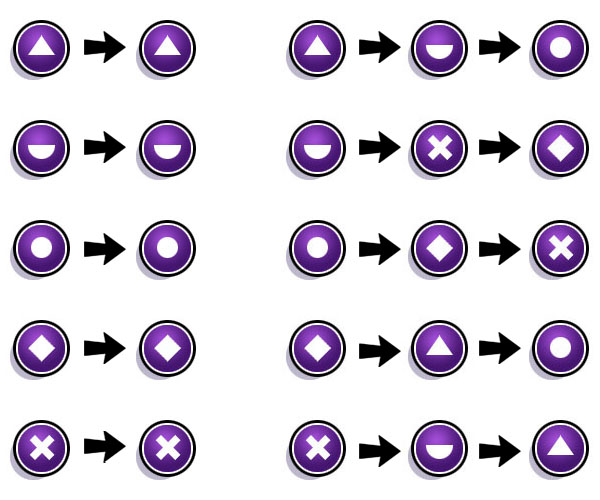
A few images and an example of the game
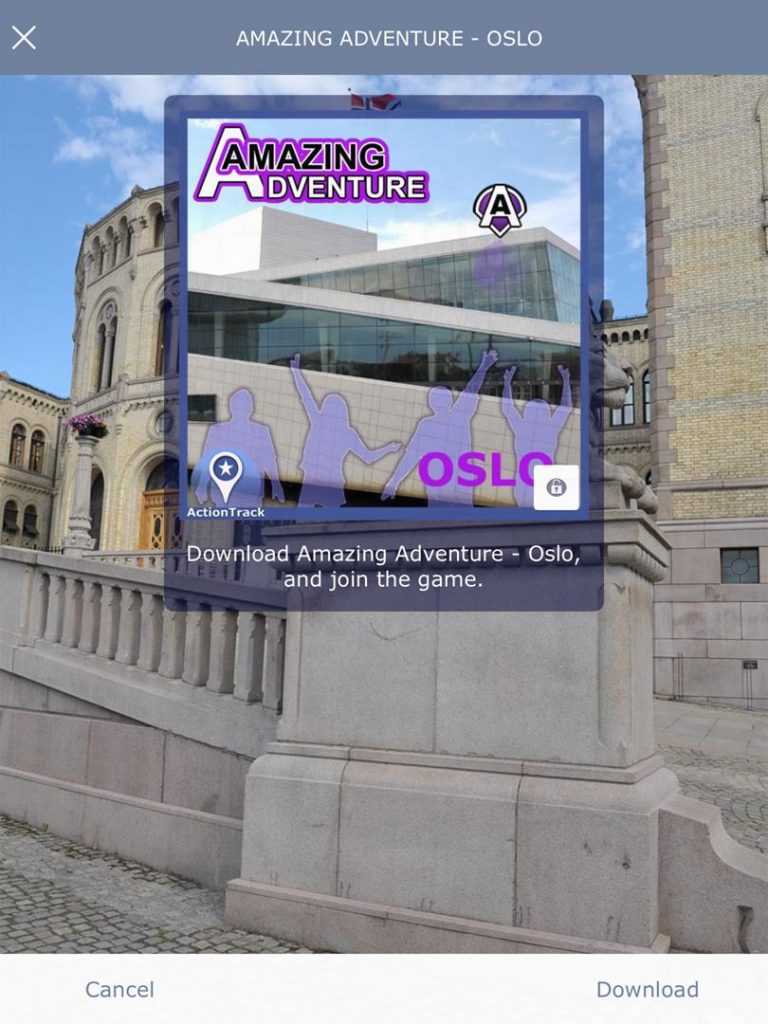
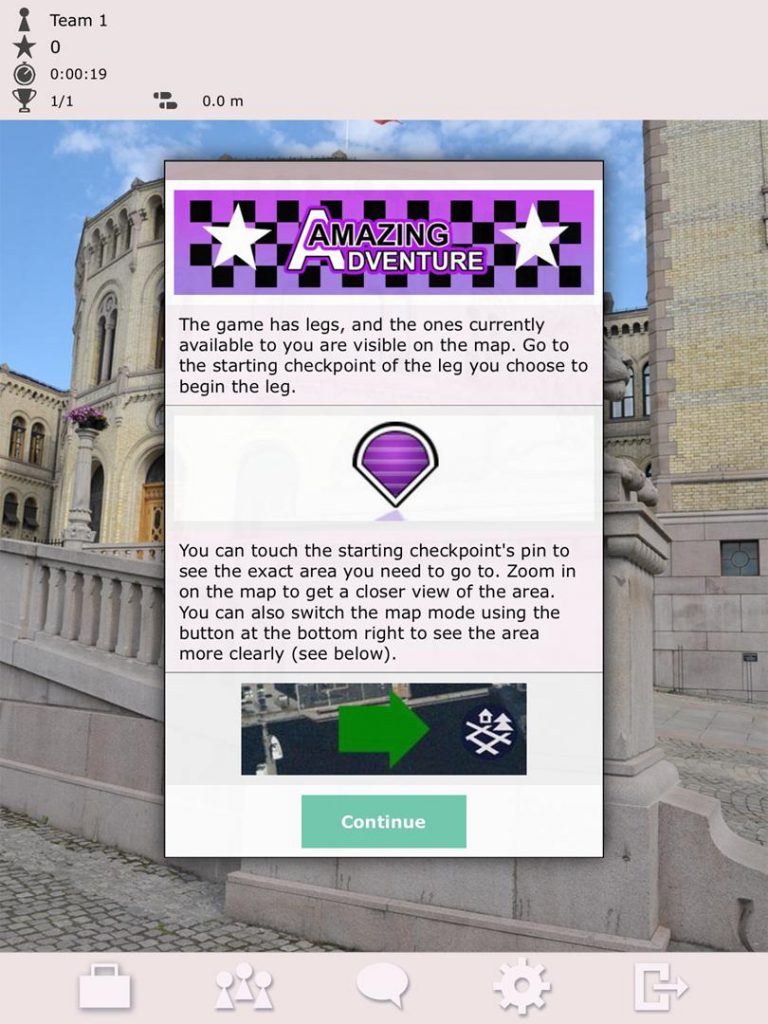
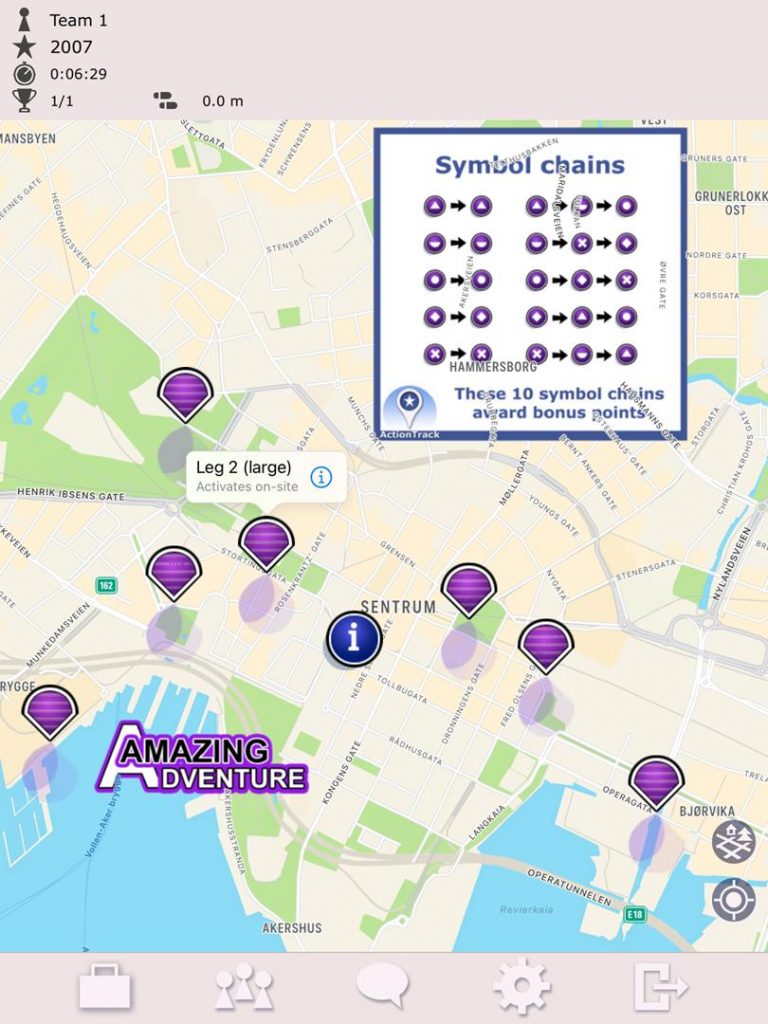
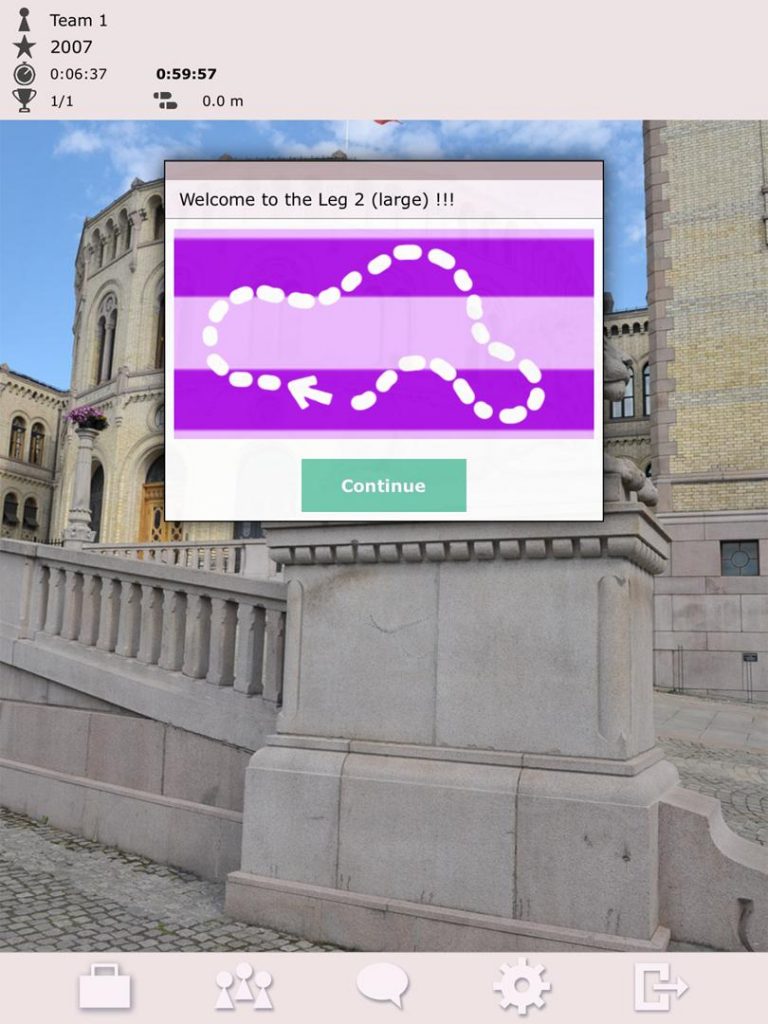
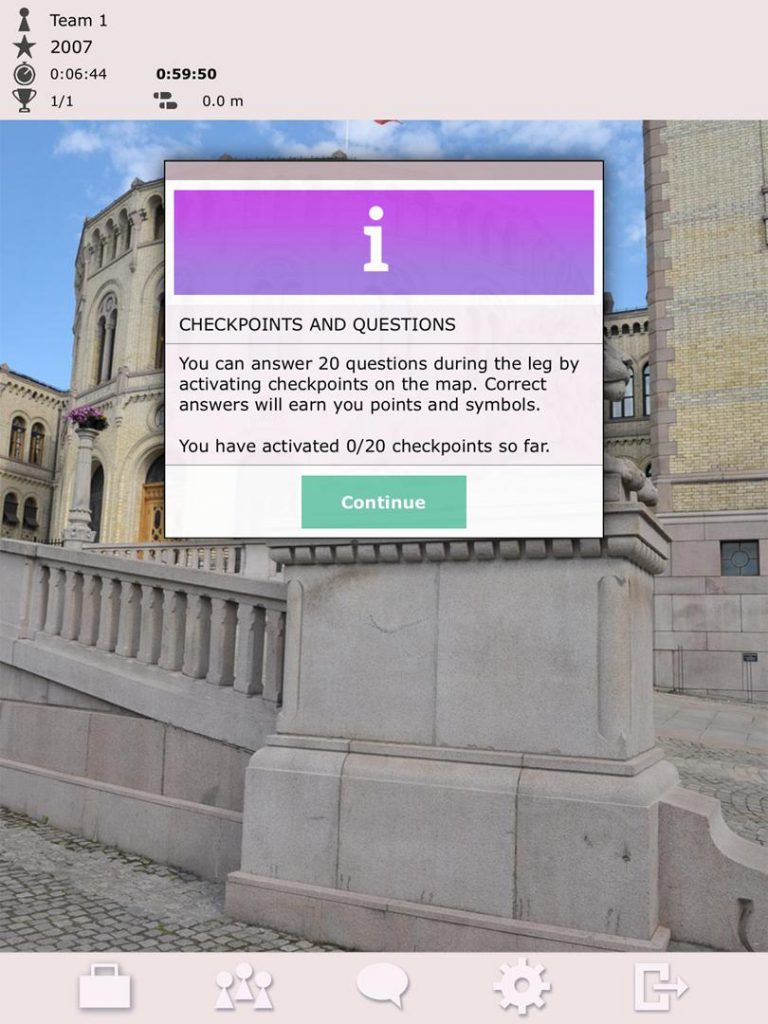

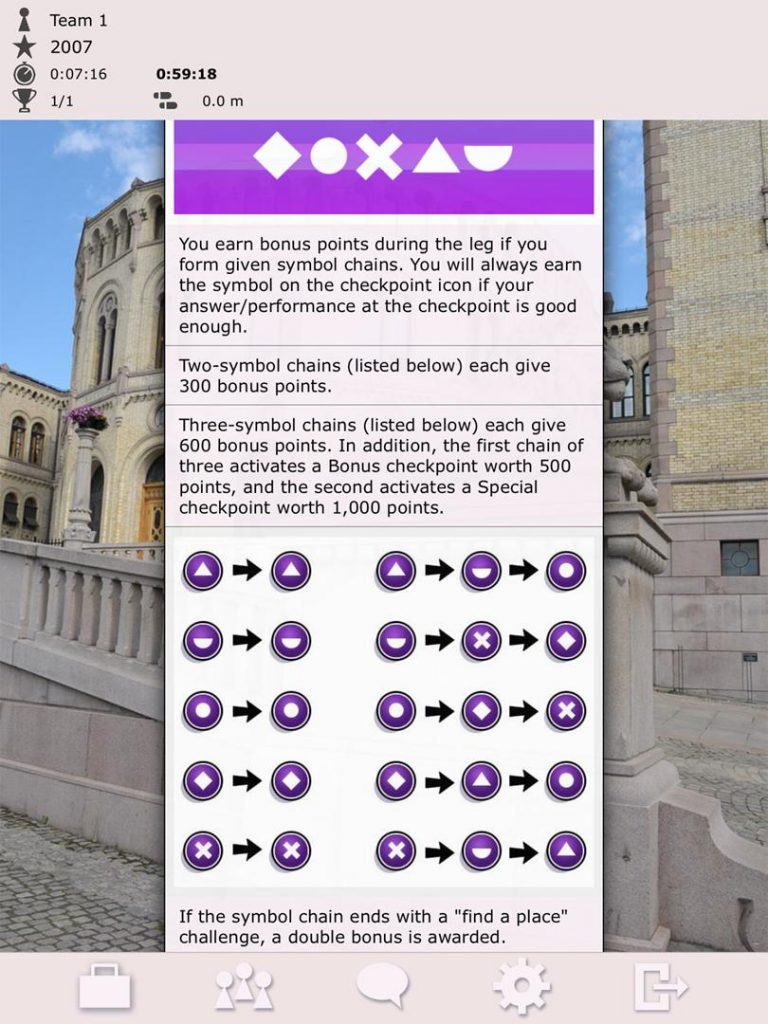
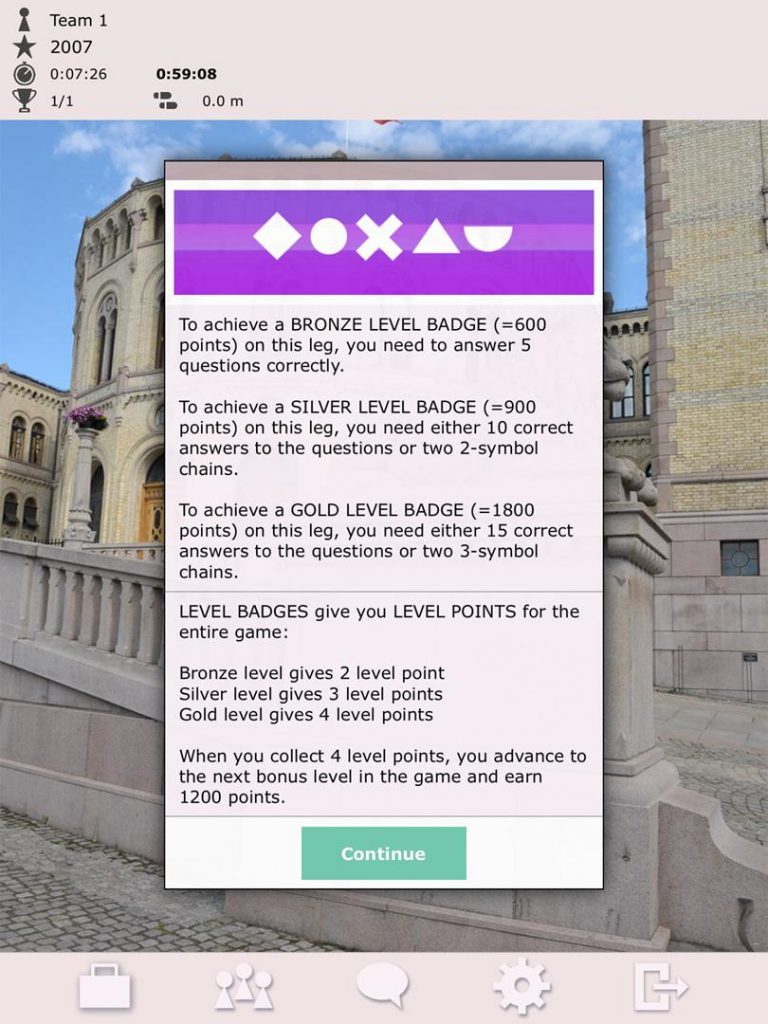
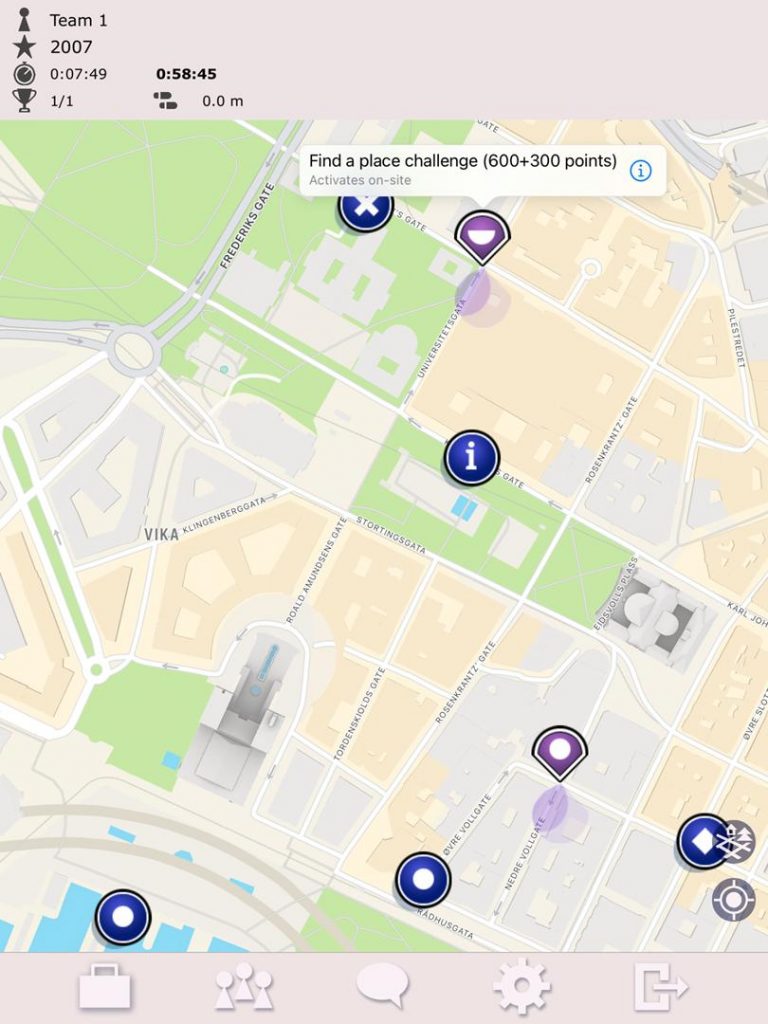
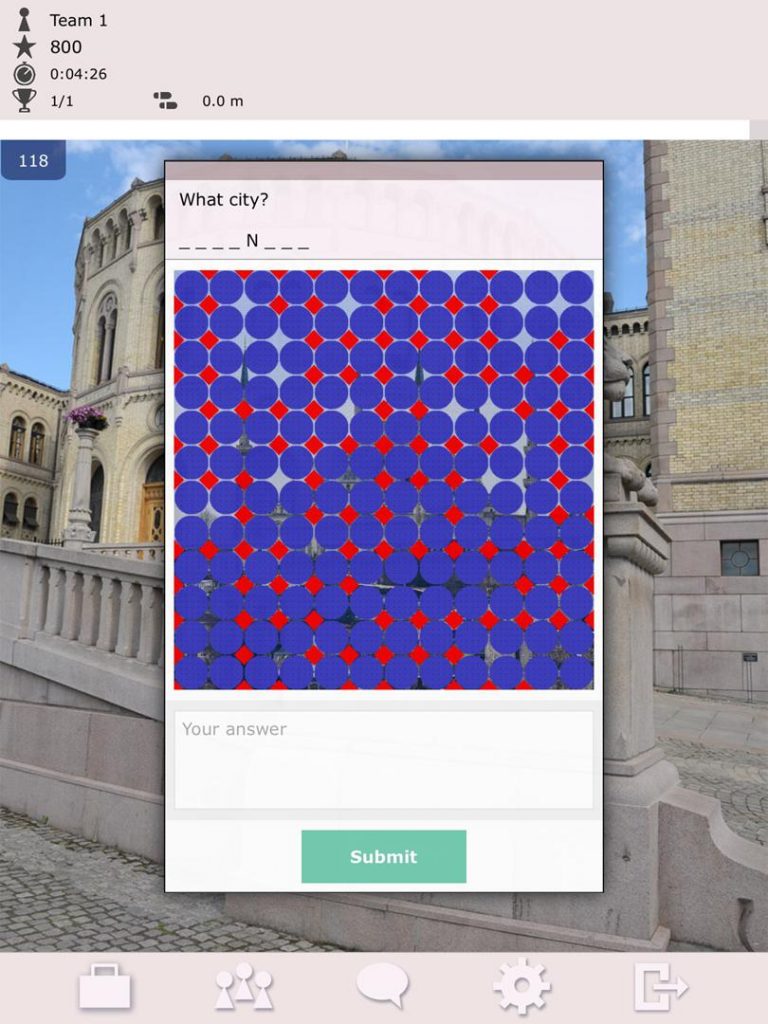
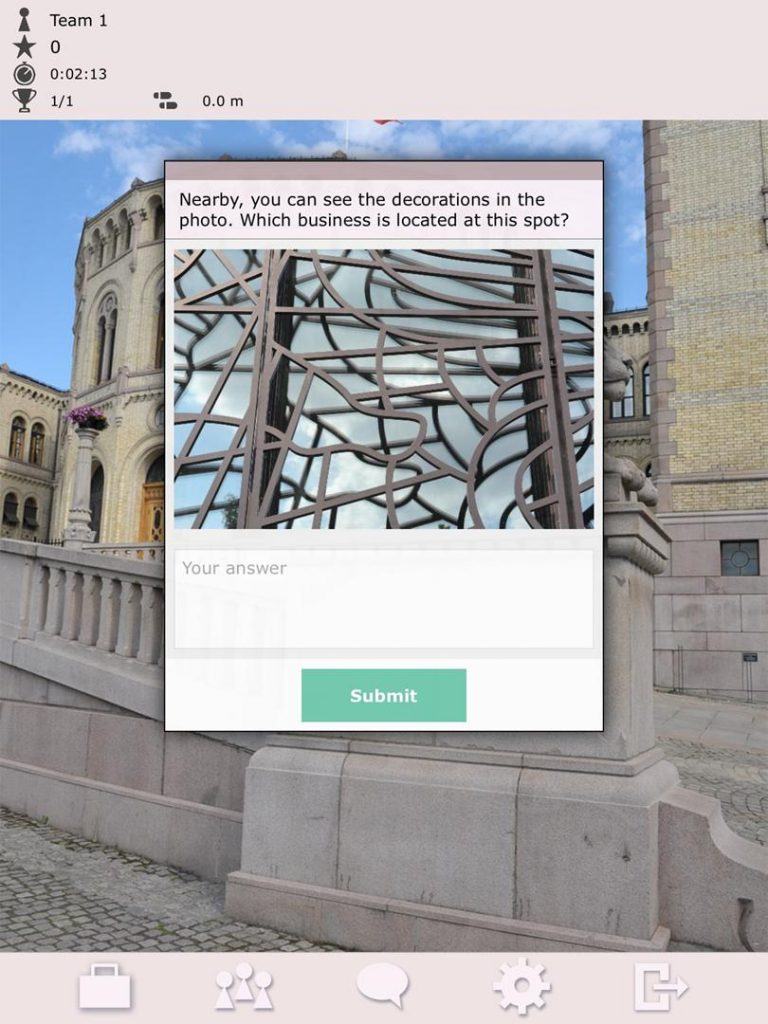
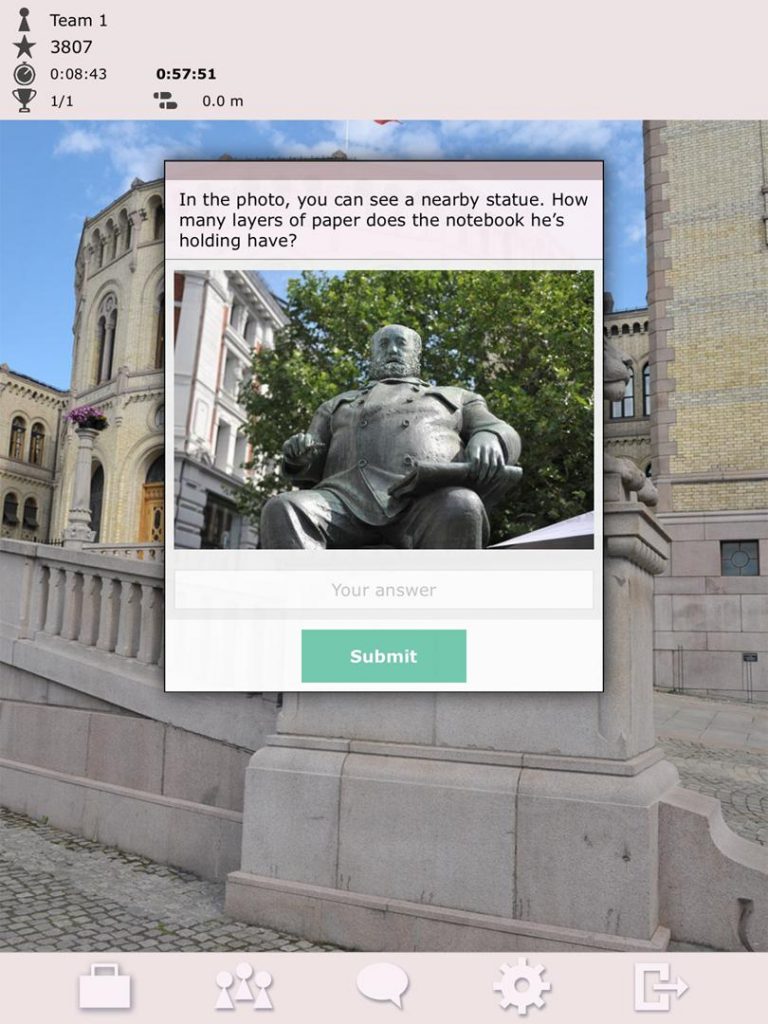
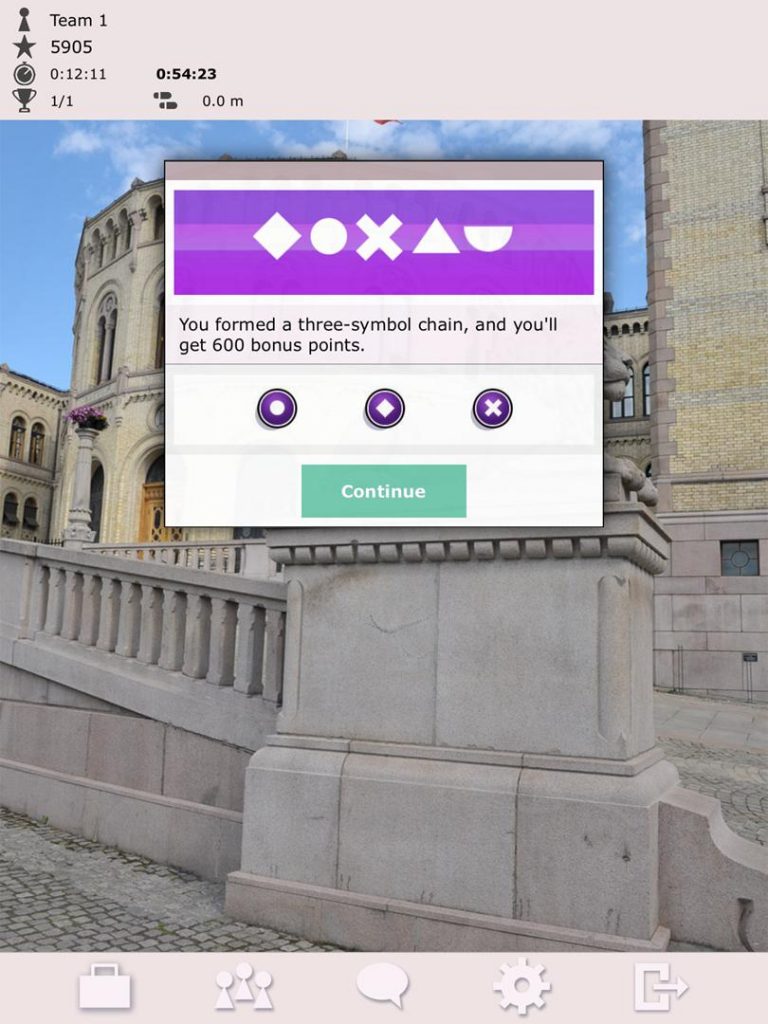
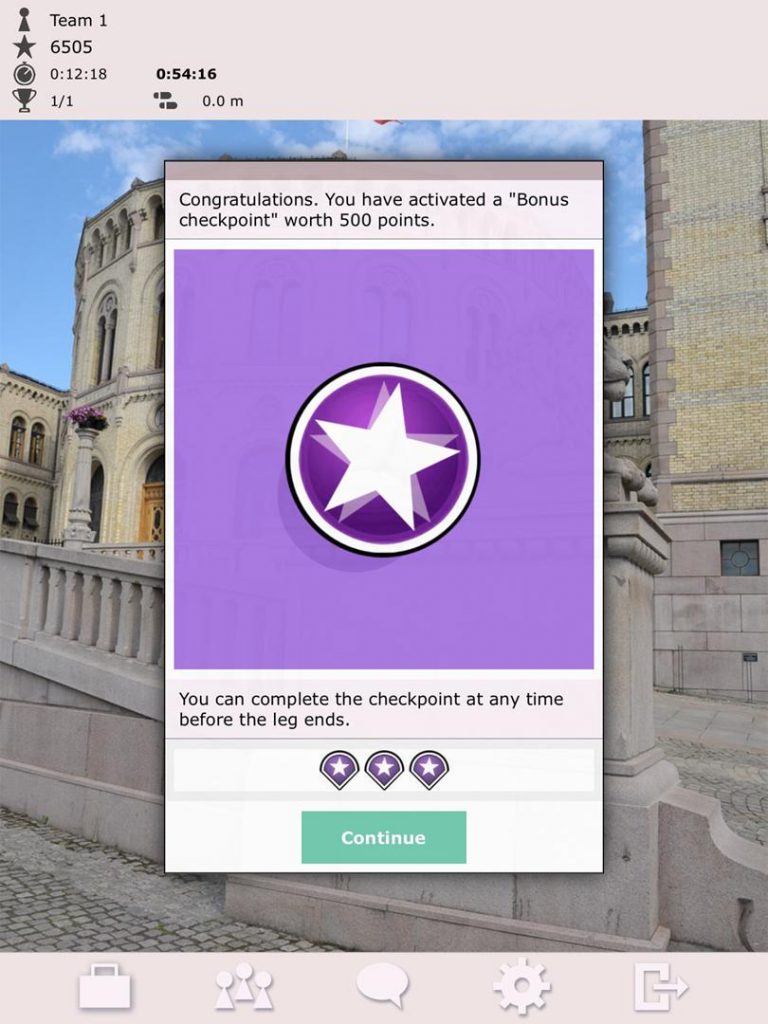
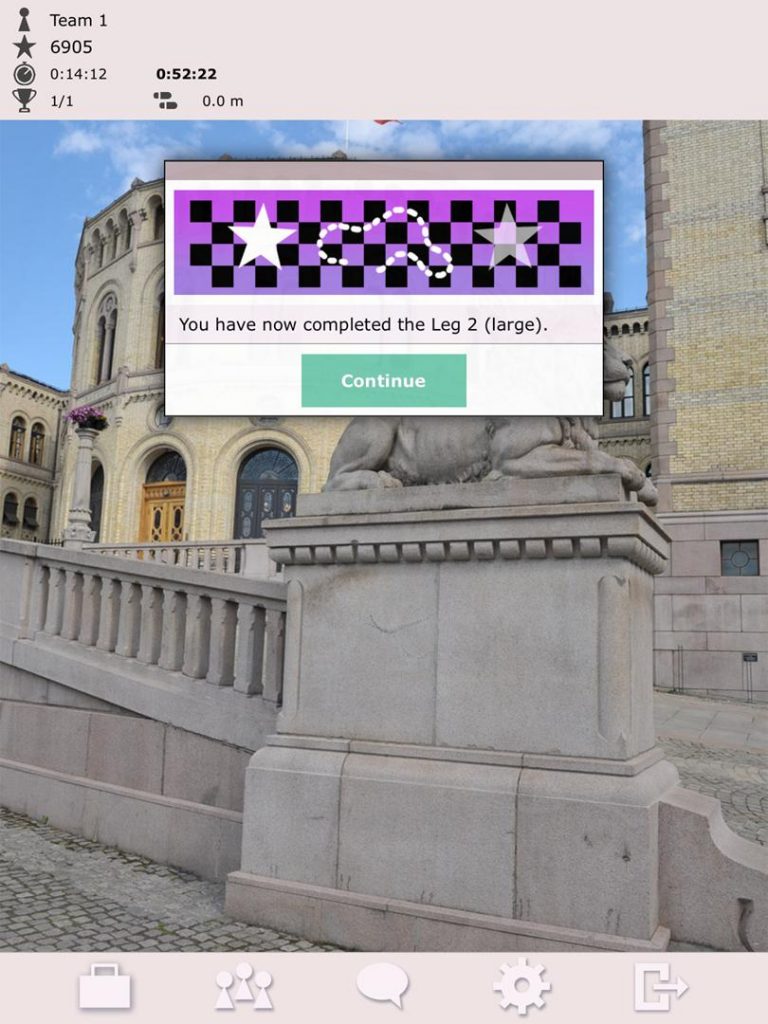
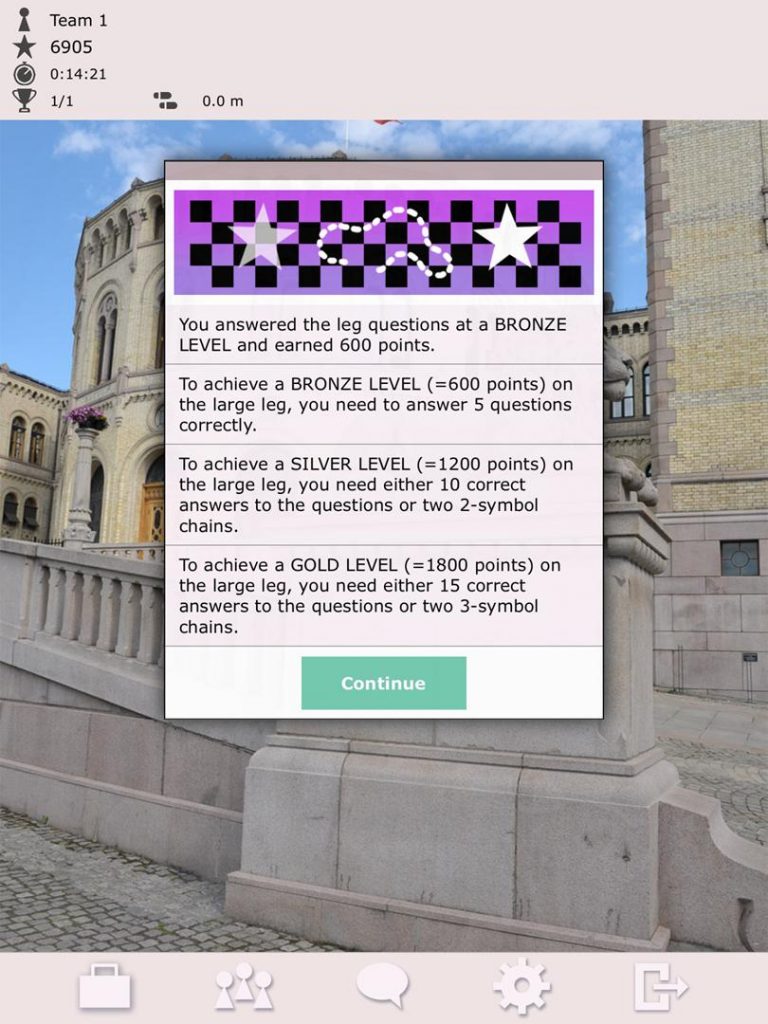
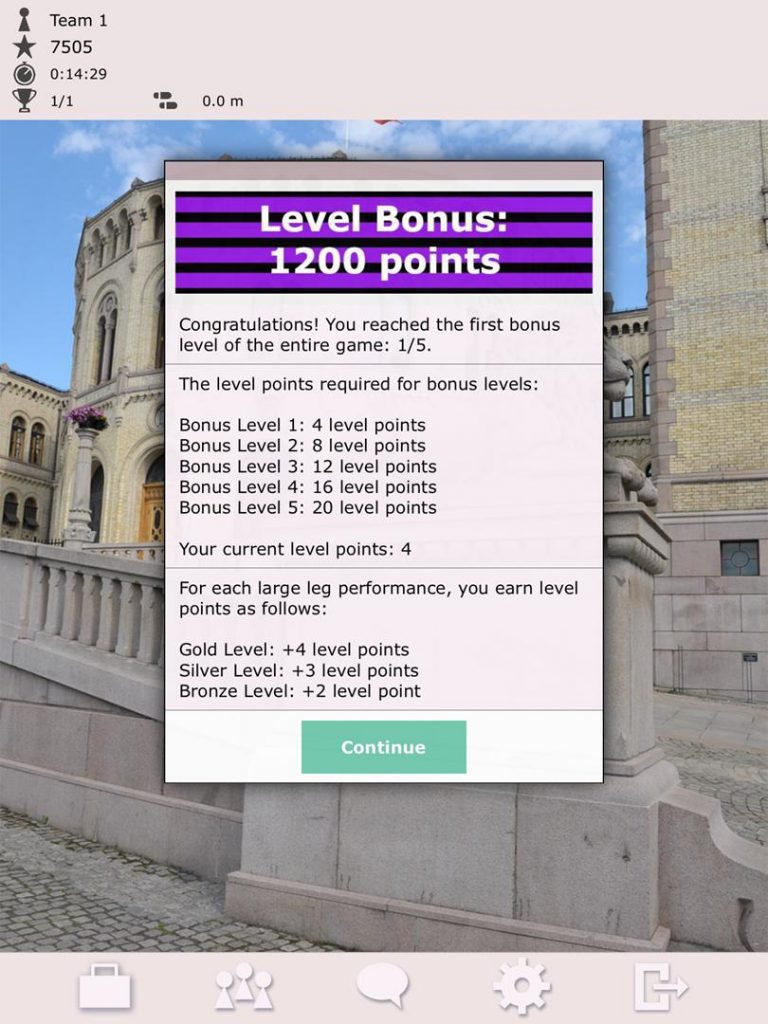
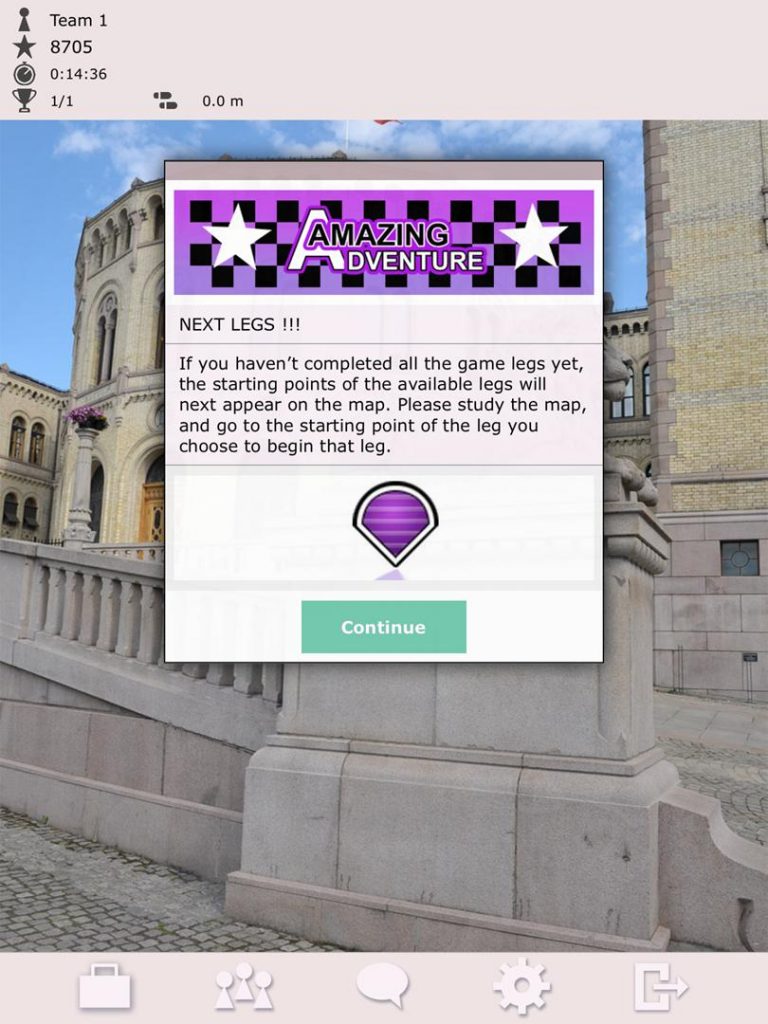
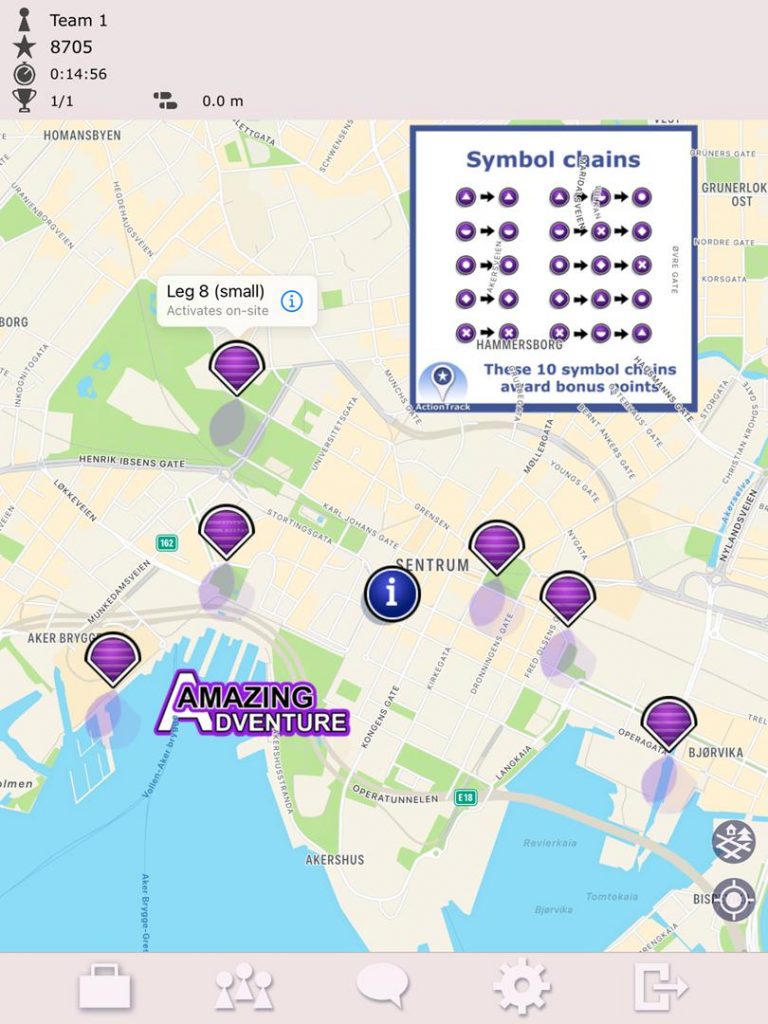
Amazing Adventure - Doha City Race
Here is an example of how the legs were placed further apart from each other.
In Doha, Qatar, teams used the metro to move between legs.
For example, Qatar Airways started the game from their office near the airport, and teams had the opportunity to visit three legs, each with a maximum duration of 30 minutes. The Katara leg, which was a bit farther from the others, was marked as a ”high value location,” and teams earned bonus points for their performances there. This encouraged teams to venture a bit further.
At the end of the game, teams were directed to a metro station, from which they took Uber rides to the evening event venue.
The game also included a few client-specific tasks that were activated for teams as soon as they reached the starting points of the legs.
Additionally, there was one staffed checkpoint per leg, where checkpoint staff evaluated the teams’ performance.
The game also featured a few team photo tasks, and the team photos were kept as mementos for the client.
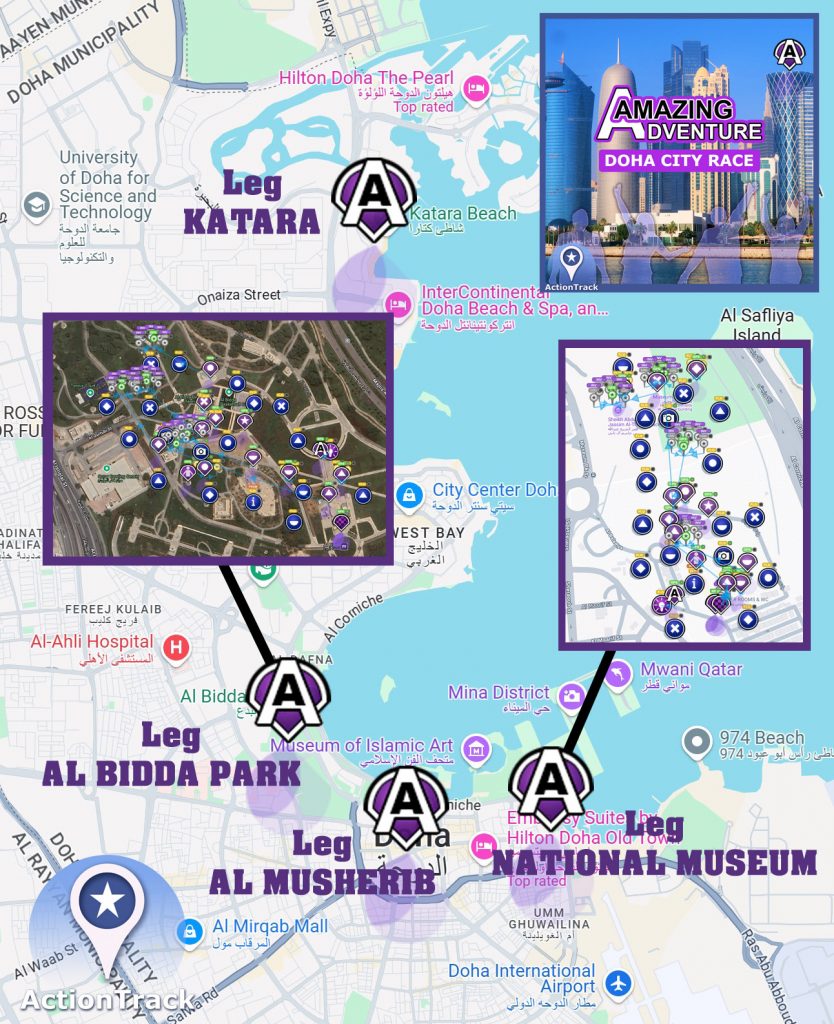

Amazing Adventure - legs in Helsinki
Depending on the location, there can be several smaller legs and larger legs available.
For example, in Helsinki, there are 16 smaller legs and 4 larger legs available to choose from. The smaller legs typically take about 20 minutes to complete, and larger legs take about an hour. However, expected leg duration can be adjusted easily by setting the amount of checkpoints the teams can activate on that leg. The maximum is 20 on small legs, and 25 on larger legs.
For any event, the most suitable legs can be chosen, and the overall duration of the event set as desired. A single game can include up to eight legs.
Instructions for the players
The game itself has contextual instructions for the teams. The teams can start playing without reading all instructions at first. They can study instructions during the game as needed. In addition to the main mobile phone (team captain), all teams members can access the instructions via a QR code provided with their own mobile phones.